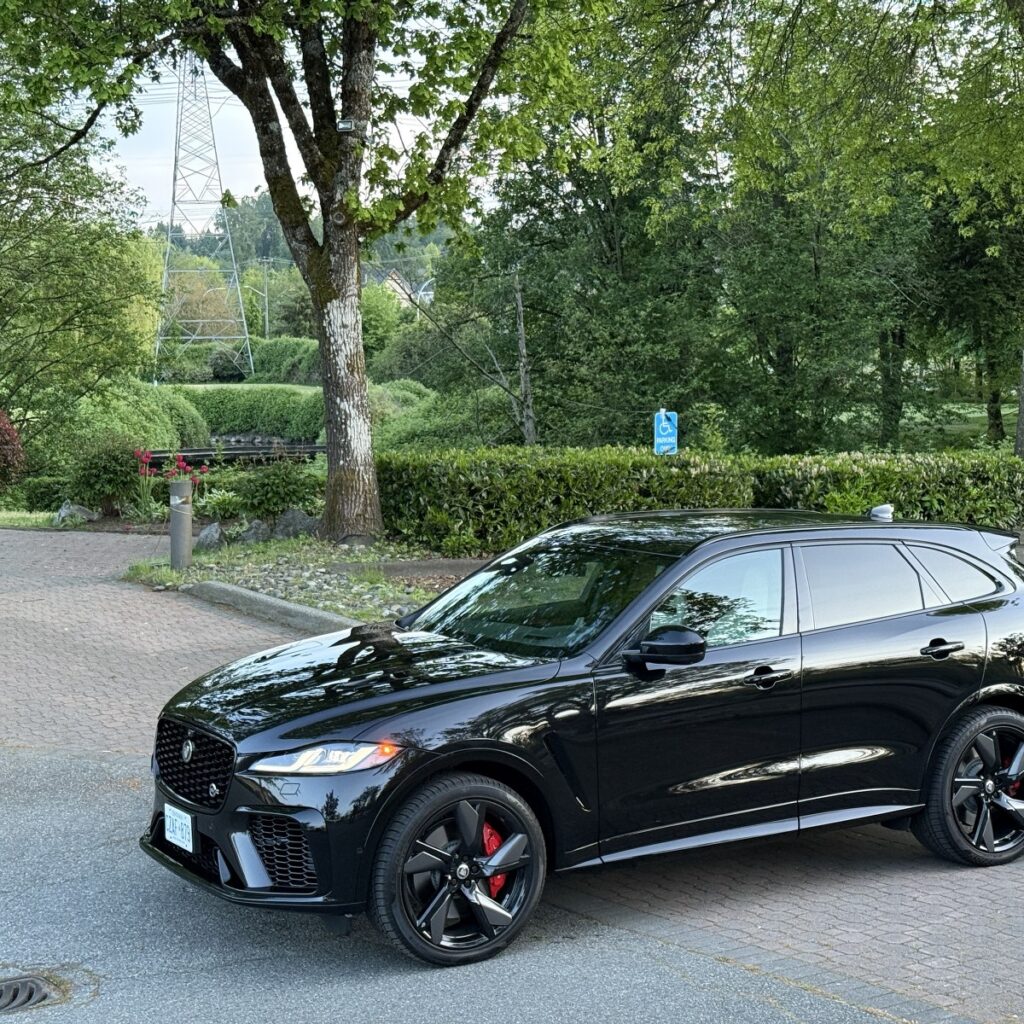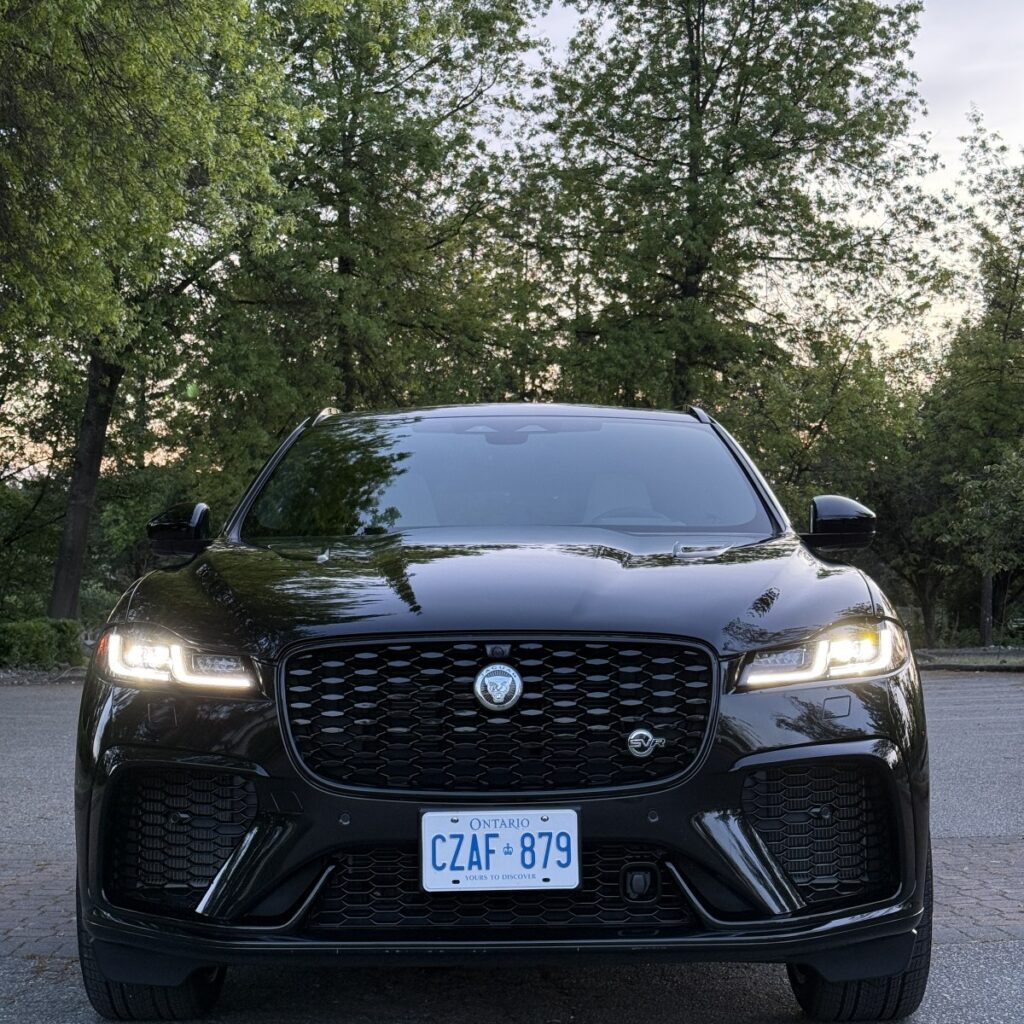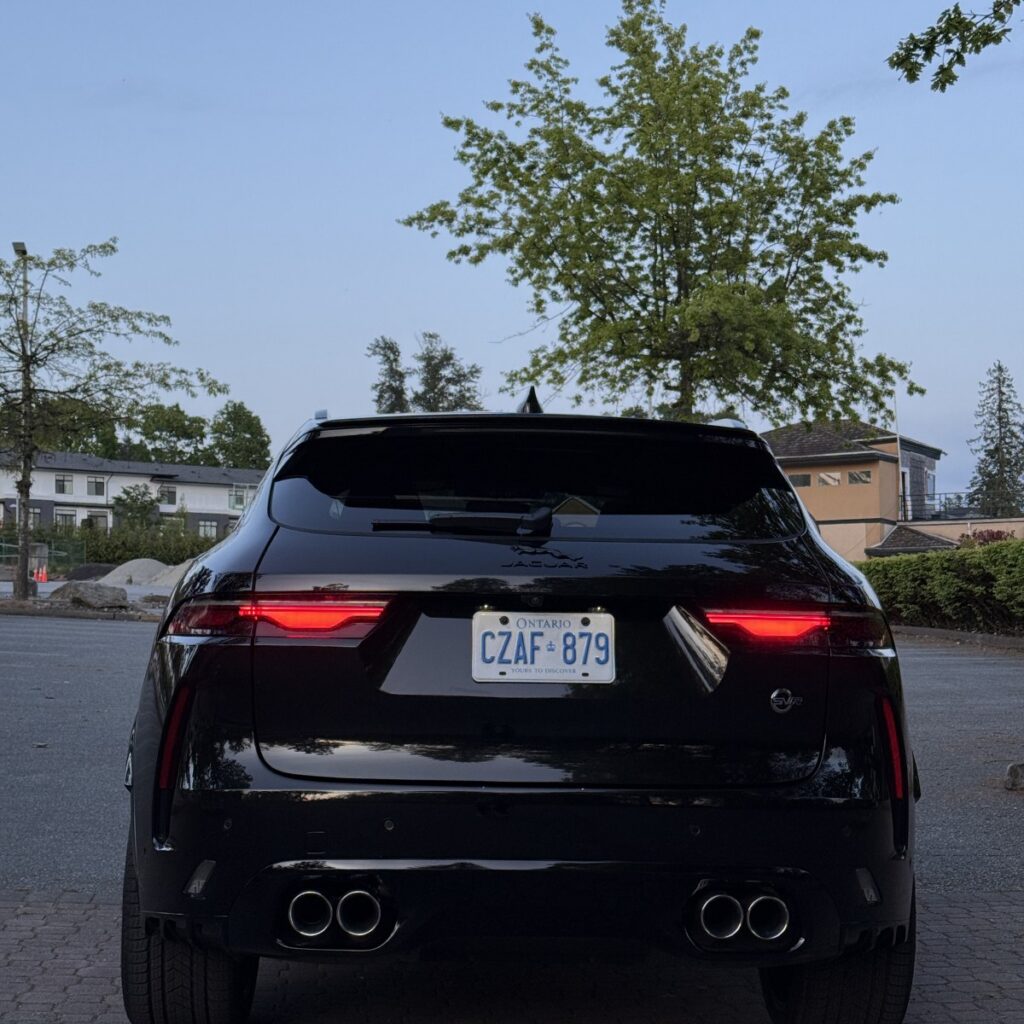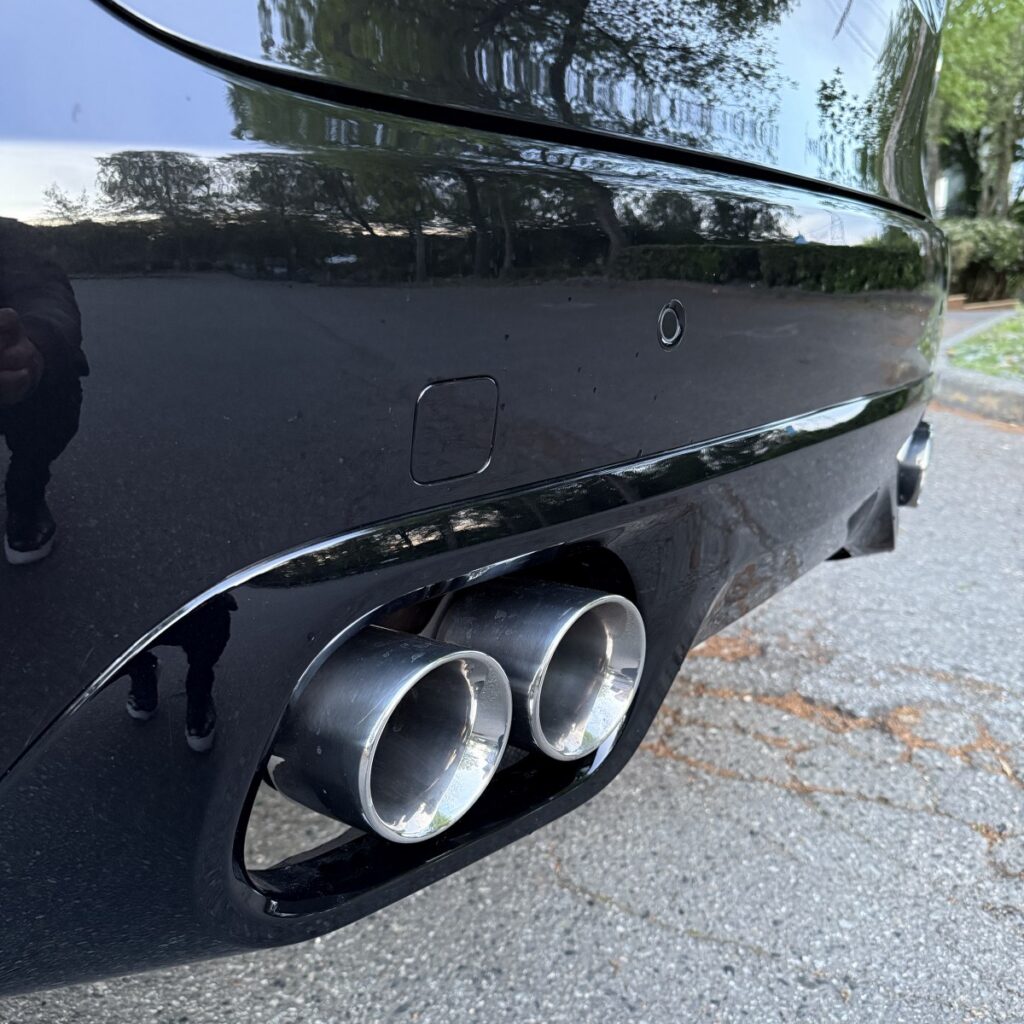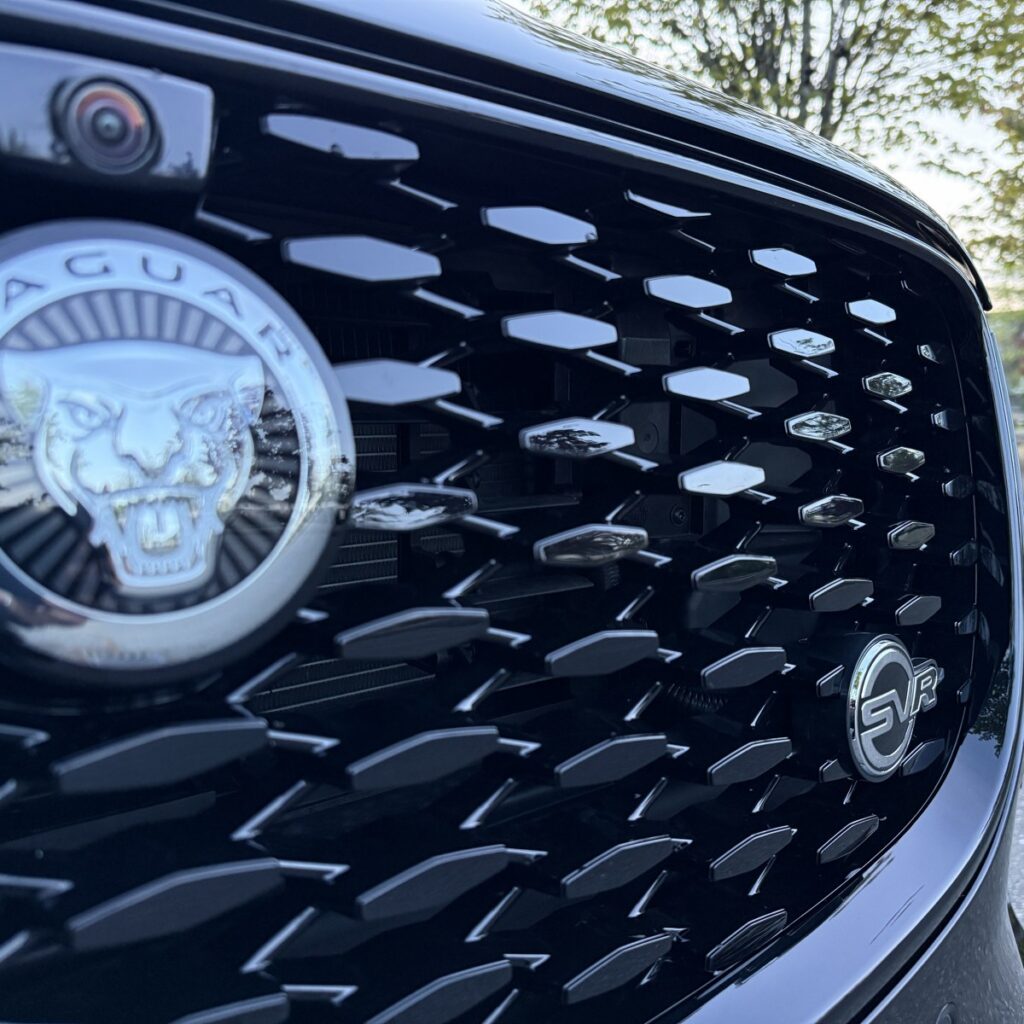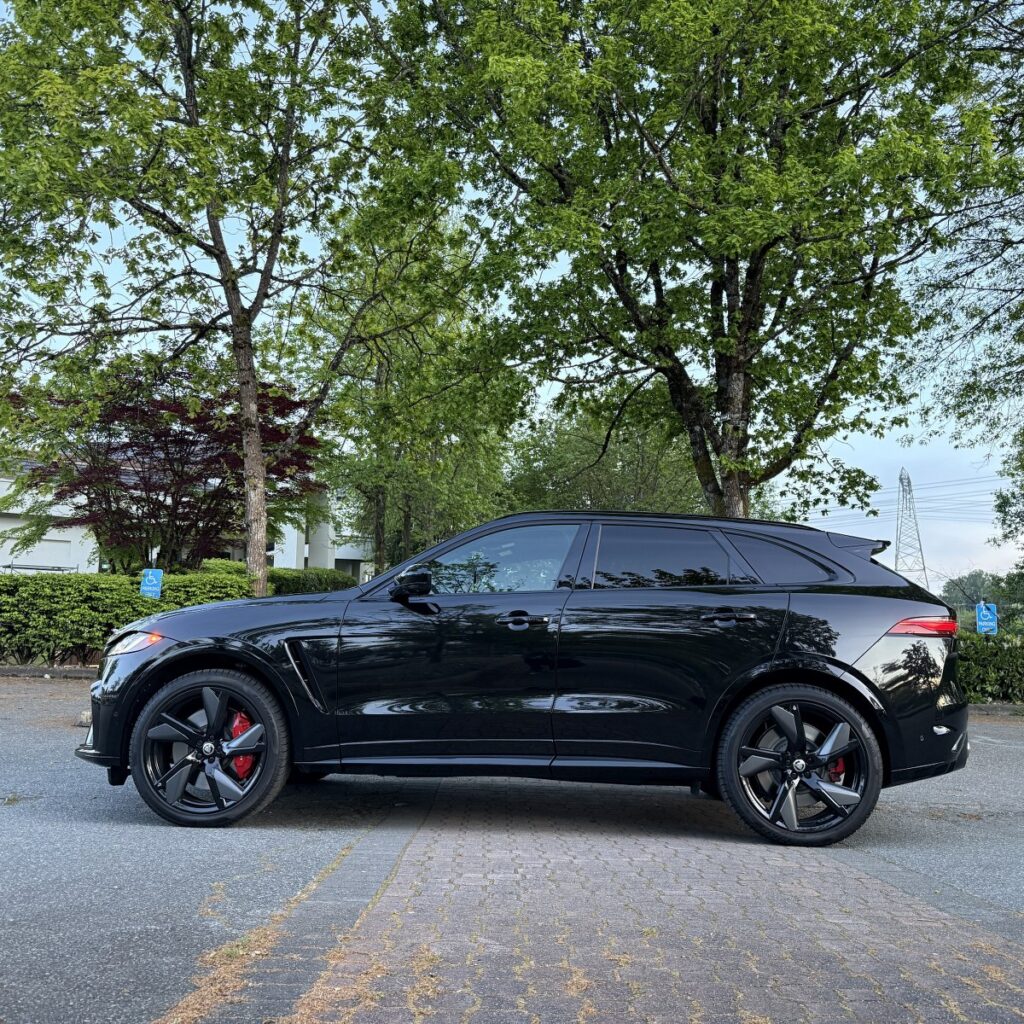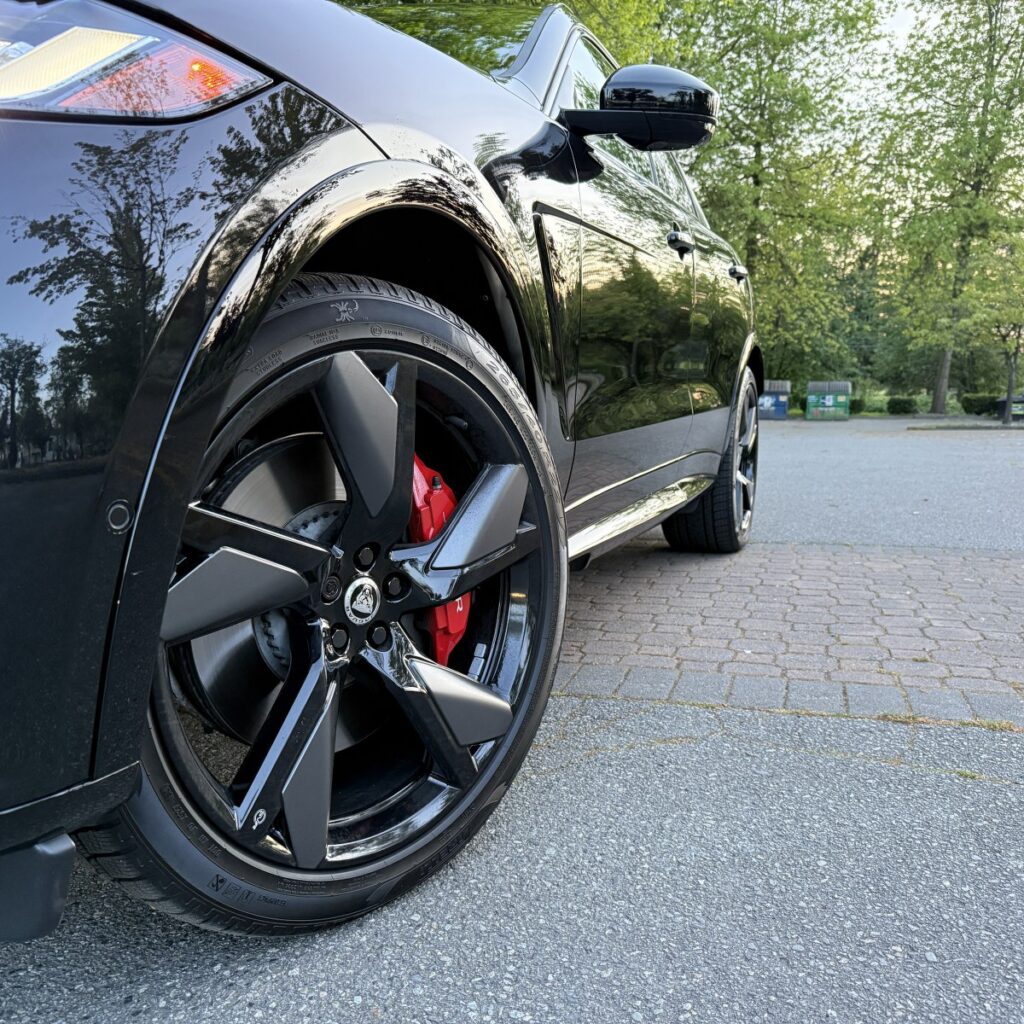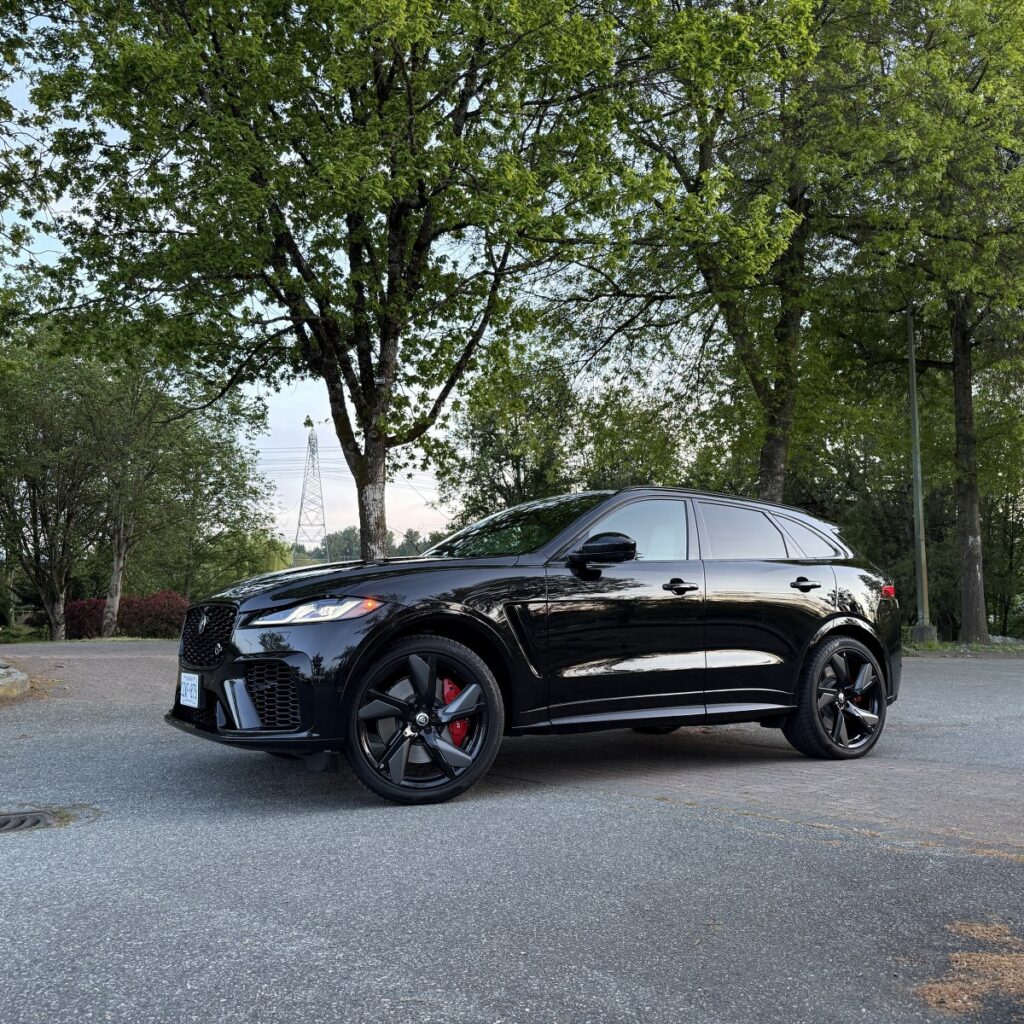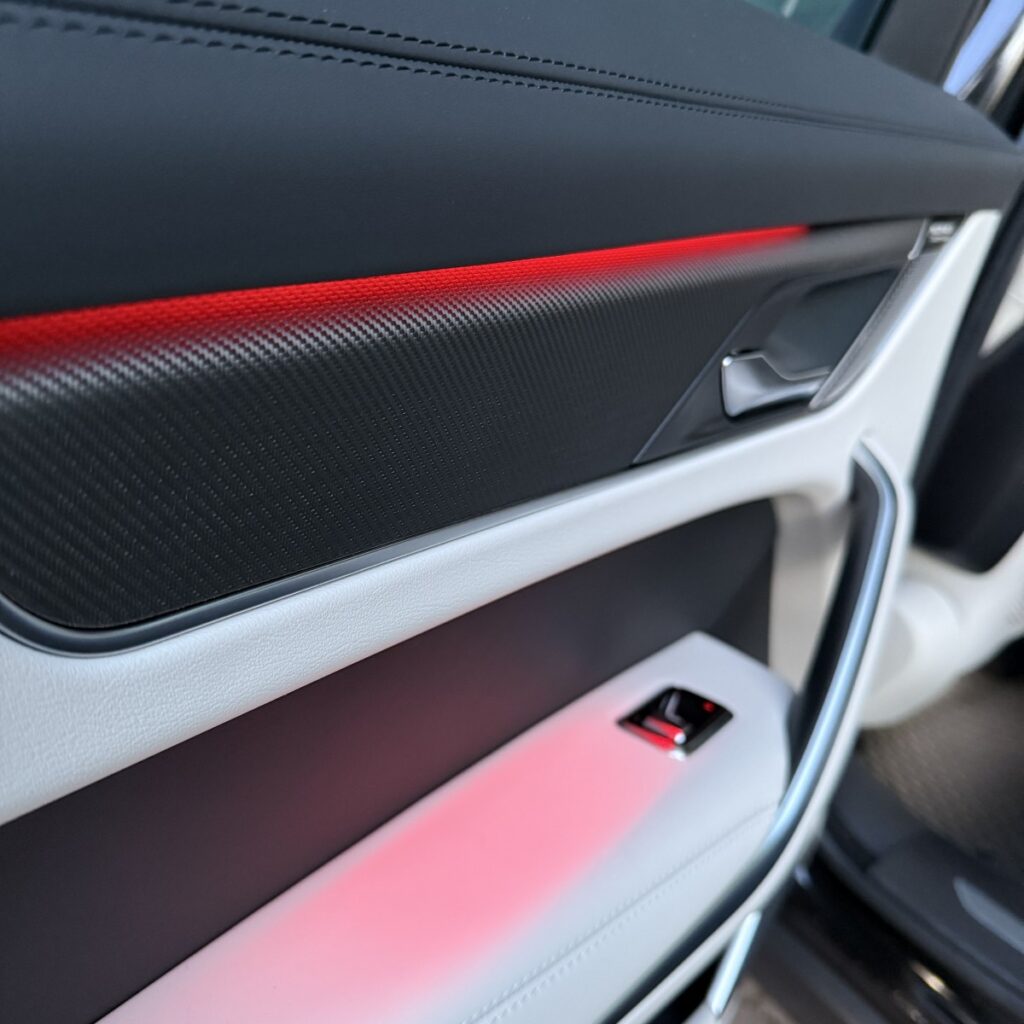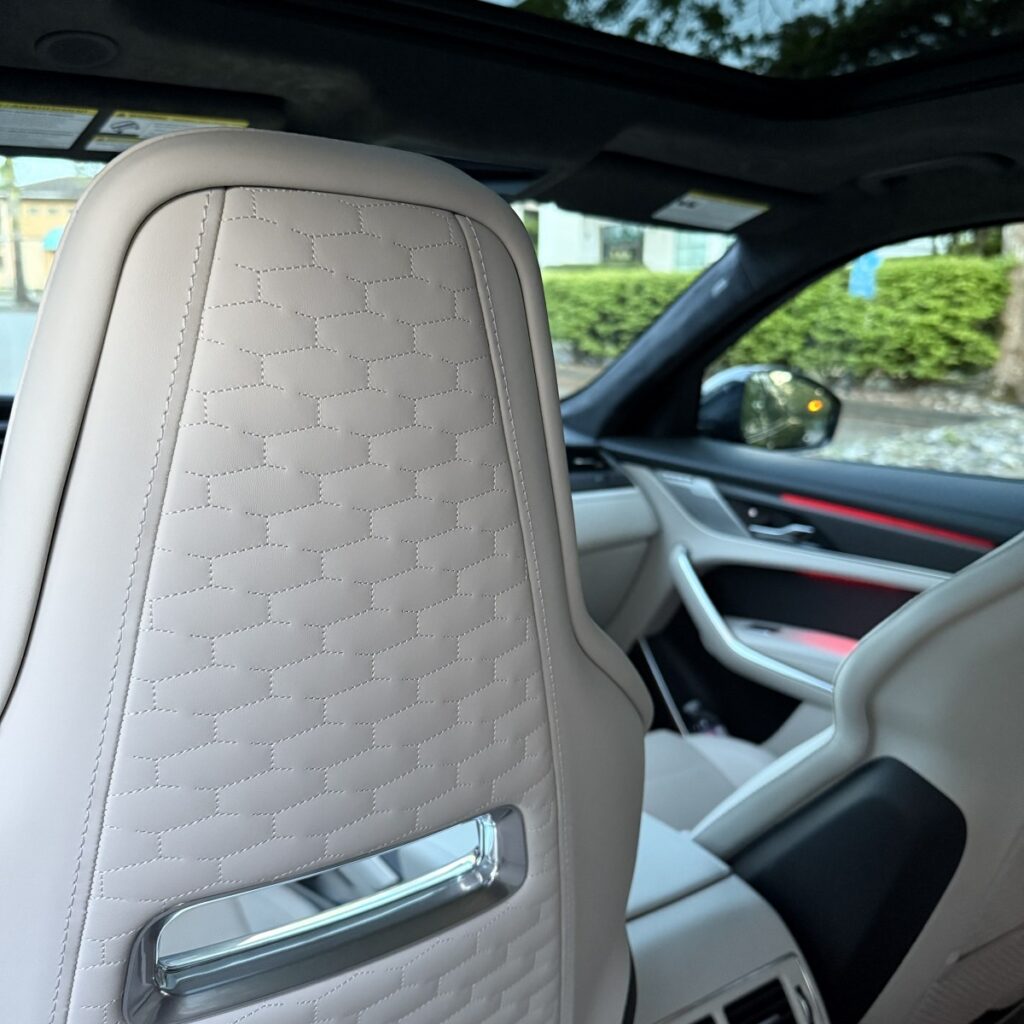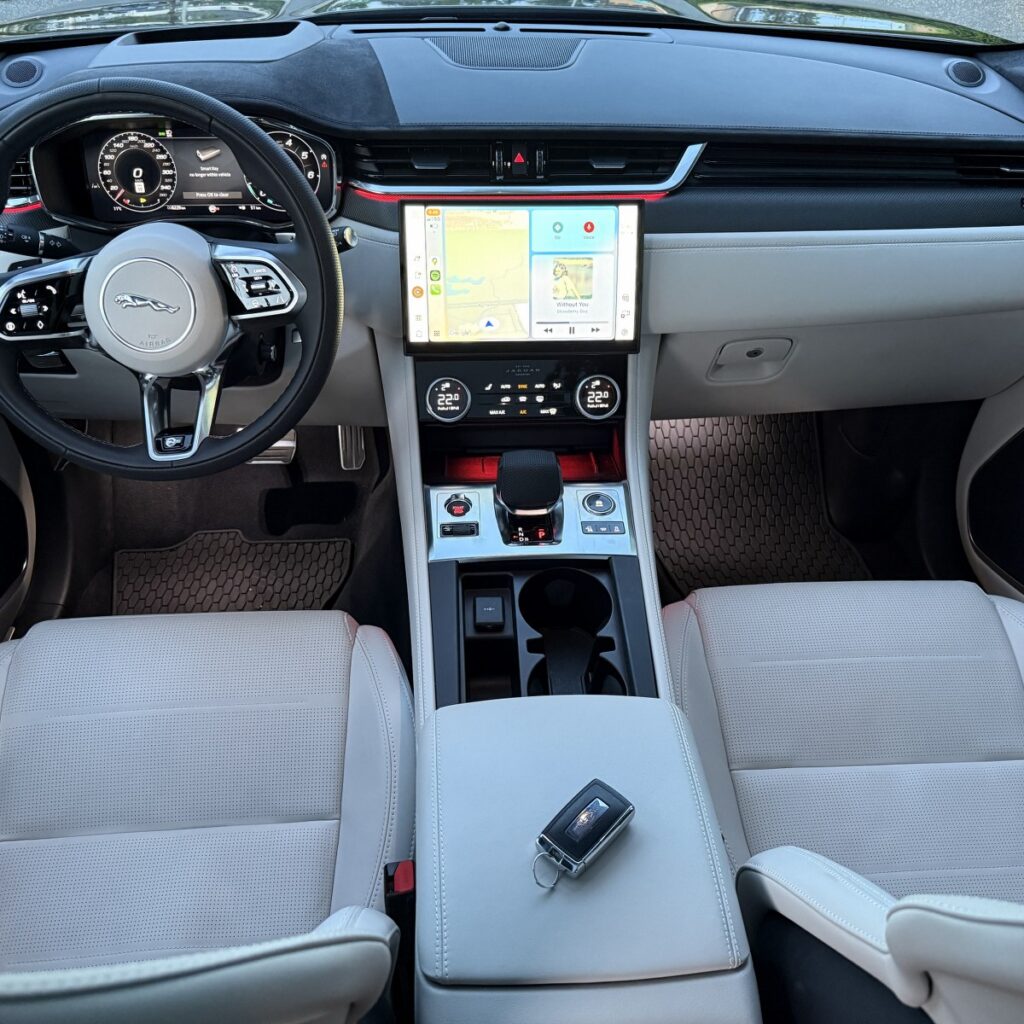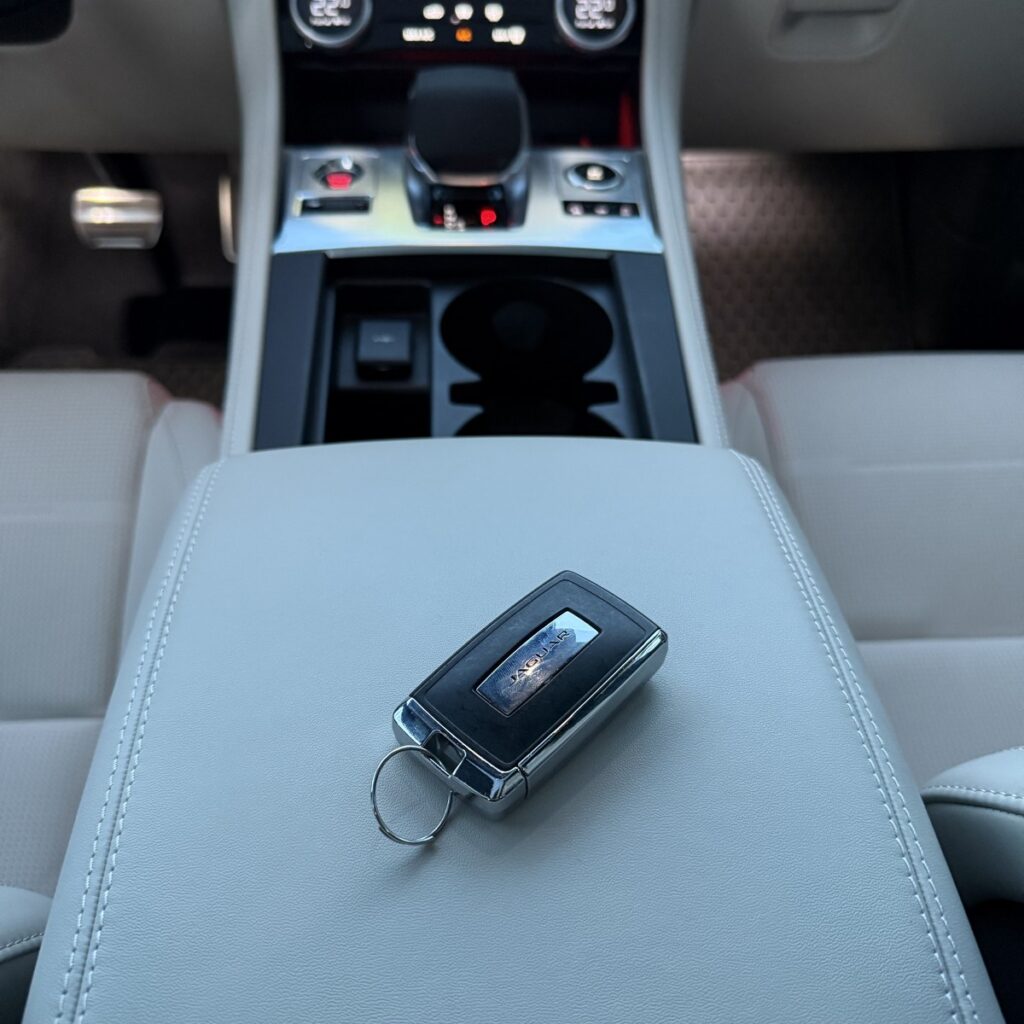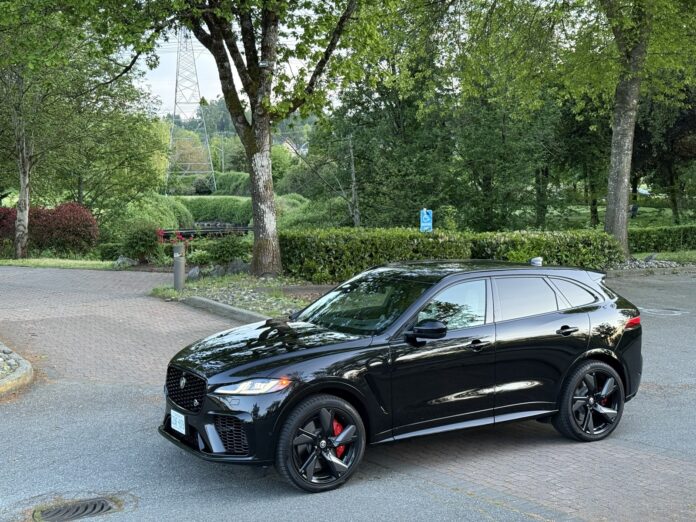“Do Not Go Gentle (or Quietly) Into That Good Night”
As I write this article, I am faced with a conundrum. I consider myself a die-hard fanatic of the internal combustion engine, in whatever form or configuration, whether it’s an old single-cylinder Bullet motorcycle or the sophisticated quad-turbo W16 found in the Bugatti Tourbillon. However, on the other hand, I am also a proponent of how fun, exciting, and engaging an electric car can be— especially when driving modern EV’s like the Ioniq 5 N, a vehicle that ironically feels exciting and engaging by mimicking ICE engine characteristics.
This quandary is made worse by the realization that the company at the heart of motor racing and creating thrilling cars, and more recently SUV’s; has decided that it will no longer produce internal combustion engine vehicles, but instead will become a full EV manufacturer. Jaguar has created iconic vehicles throughout history, such as the E-Type, XKR, and the XJ220; not to mention its 50-year-long lineup of saloons and sedans. At the heart of these vehicles was an engine – a living entity that in different forms created some of the most memorable engine soundtracks ever to echo off canyon walls.
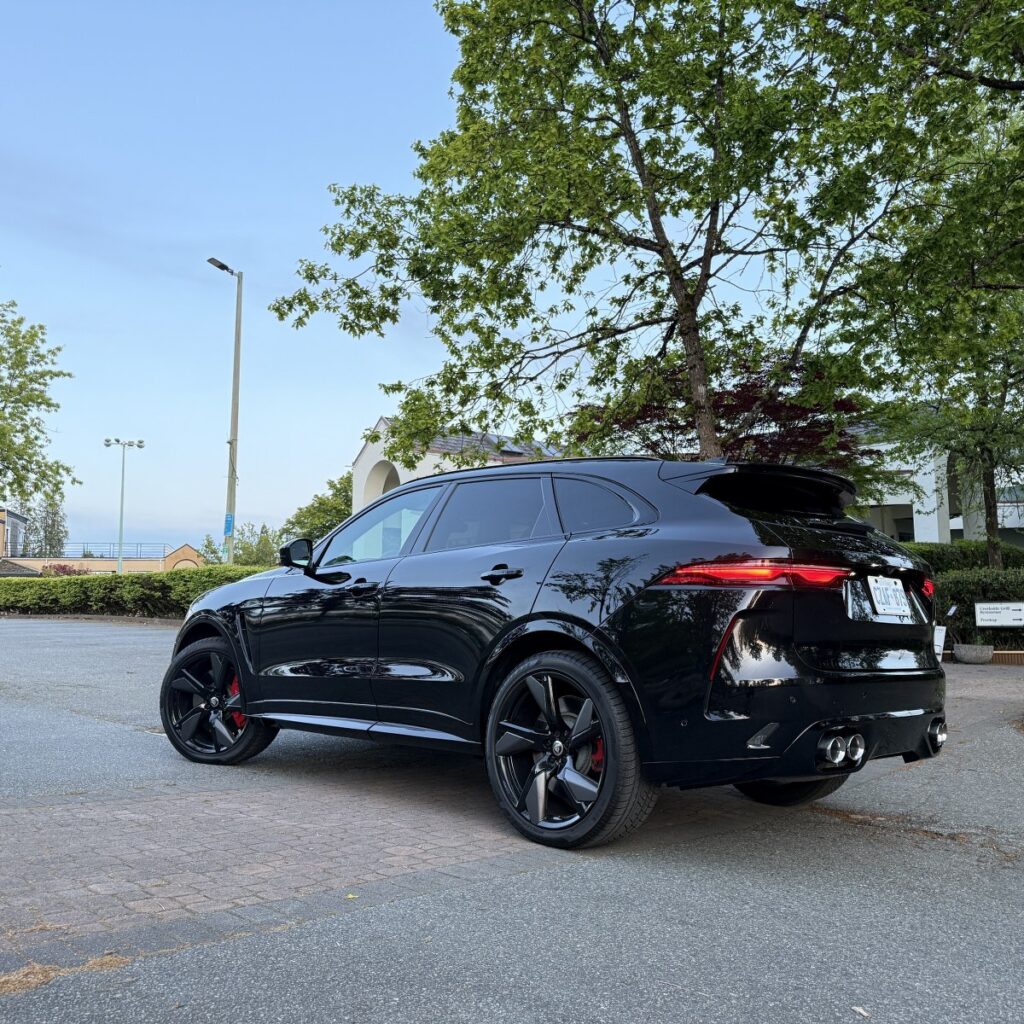
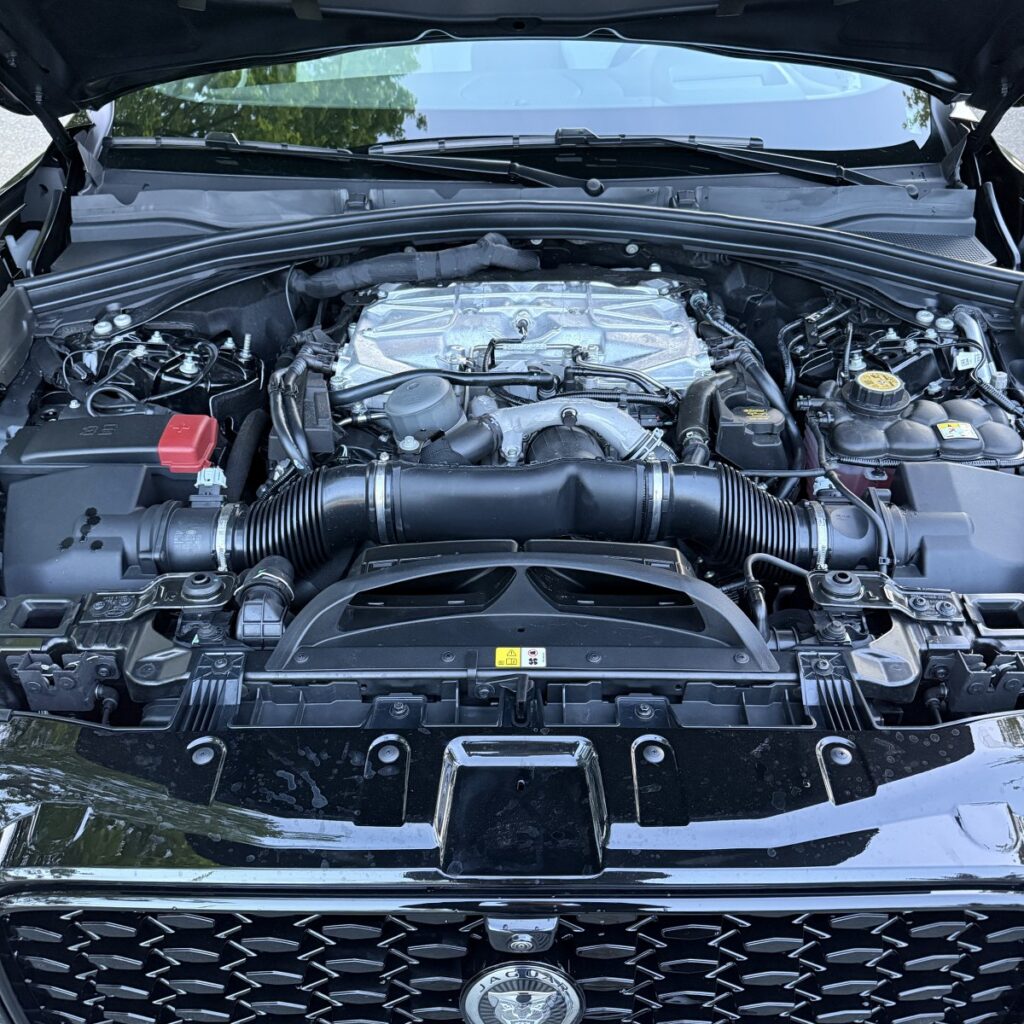
Being Jaguar’s first-ever SUV, the F-Pace SVR in its final form packs underneath its bulging bonnet a venerable supercharged V-8 once found in the F-Type. It produces a glorious 567 horsepower and 516 lb-ft of torque. All of this results in a 0-60 mph time of 3.7 seconds or 0-100 km/h in 4.0 seconds. While this isn’t as fast as some newer performance compact/mid-size SUV’s like the Macan GTS or the BMW X3 M, none can match the SVR’s glorious symphony – which sounds uniquely British/European in execution. This engine isn’t meant to be economical, although I averaged about 14.3 L/100 km. It will happily move at low RPMs, as torque is available at nearly any point in the rev range. The 8-speed automatic does a commendable job handling all driving inputs, whether for smooth, innocuous daily driving or aggressive, quick shifts that produce the machine gun sounds from the quad-tip exhaust when commanded.
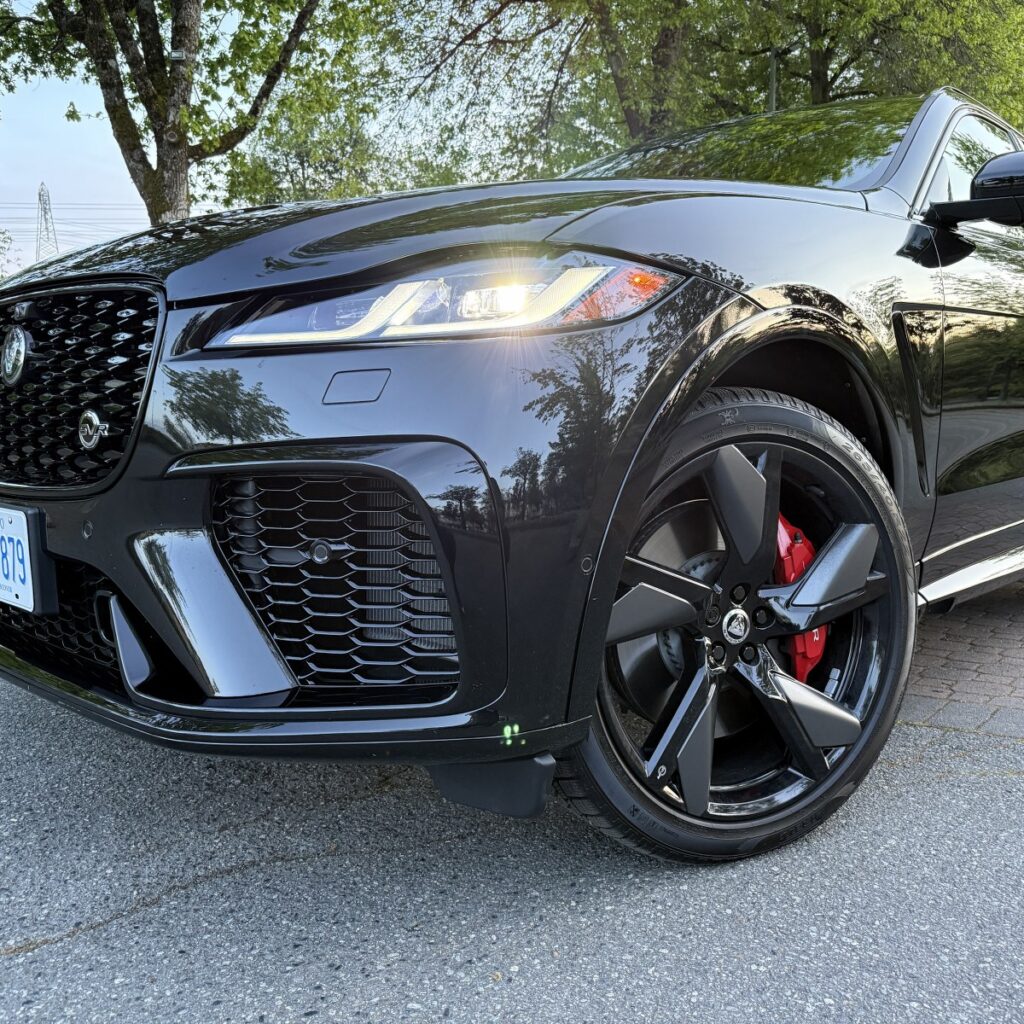
On the road, the F-Pace manages to reign in its 2,050 kg girth with poise. The adaptive suspension keeps the F-Pace relatively flat when pushed into corners, along with the 22-inch, 265/40R22 front and 295/35R22 rear tires. Oh, by the way those 22-inch gloss black wheels with satin technical grey inserts really stand out. The steering is responsive and provides as much feedback as you could expect from a luxury SUV. The brakes bite hard and bring the F-Pace to predictable, controlled stops without any feeling of fade.
Inside, you see the results of the shared relationship between Jaguar and Land Rover/Range Rover. You are greeted with ample amounts of leather and Alcantara lining the roof. The primary controls for media, vehicle settings, and dynamics are handled through the 12.3-inch touchscreen. Additionally, you have access to certain HVAC controls via multifunction knobs and haptic feedback buttons. The F-Pace fills its cabin not only with a V8 soundtrack, but, also with music of your choosing, powered by a Meridian 3D surround sound system. The Windsor leather sport seats feature a beautiful cross-stitch design and provide a perfect balance of support and comfort. The combination of light and dark leather, along with brushed aluminum accents, gives the F-Pace SVR a refined and polished feel.
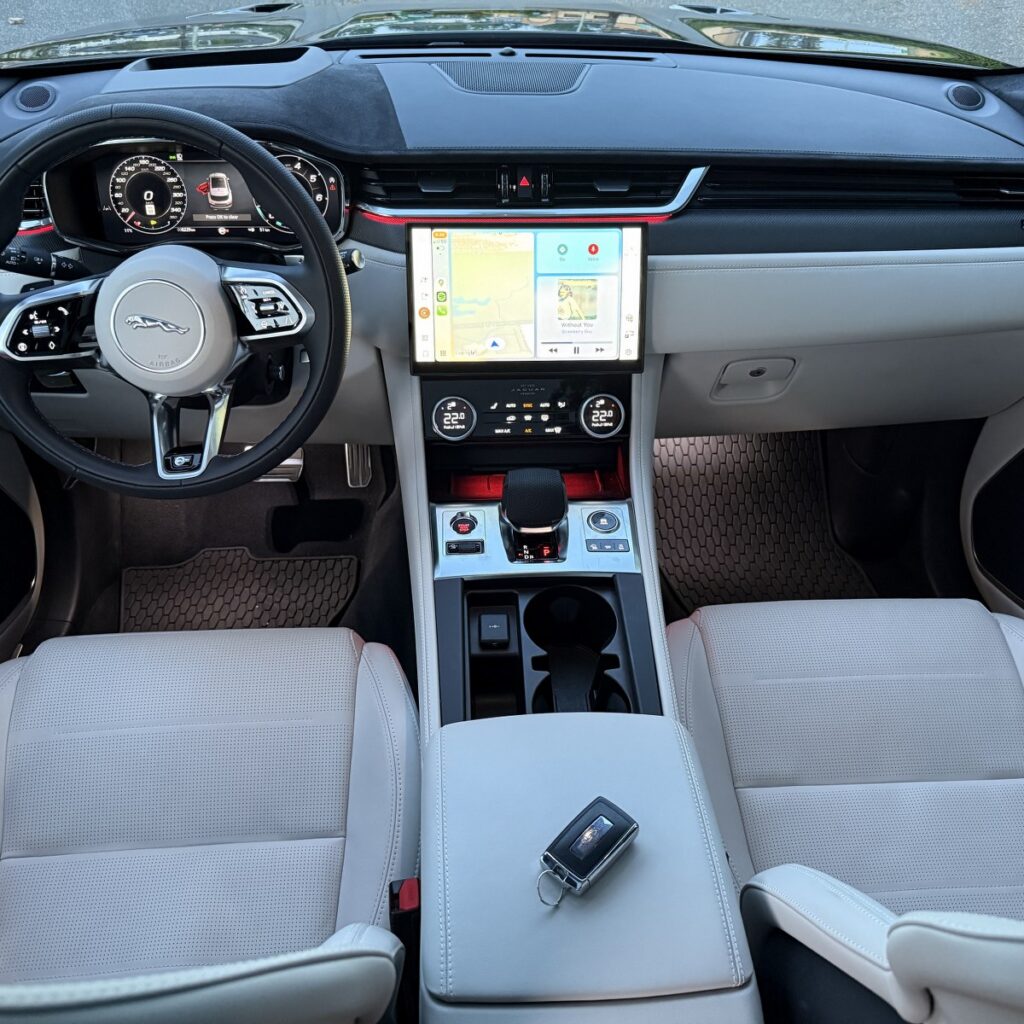
The F-Pace SVR pays homage to its storied history by literally roaring to the world as it drives off into the sunset. Its departure marks the end of an era that dates back to 1922. The F-Pace, in this final form, truly captures the essence of Jaguar: a company that built engaging, beautiful vehicles that wrapped their drivers in luxury. Sure, they have had a checkered past – occasionally losing their identity along the way – but throughout that time, they have given the driving world some exciting machines that indulge and excite us at the same time. I tip my hat to the F-Pace SVR and say farewell.
